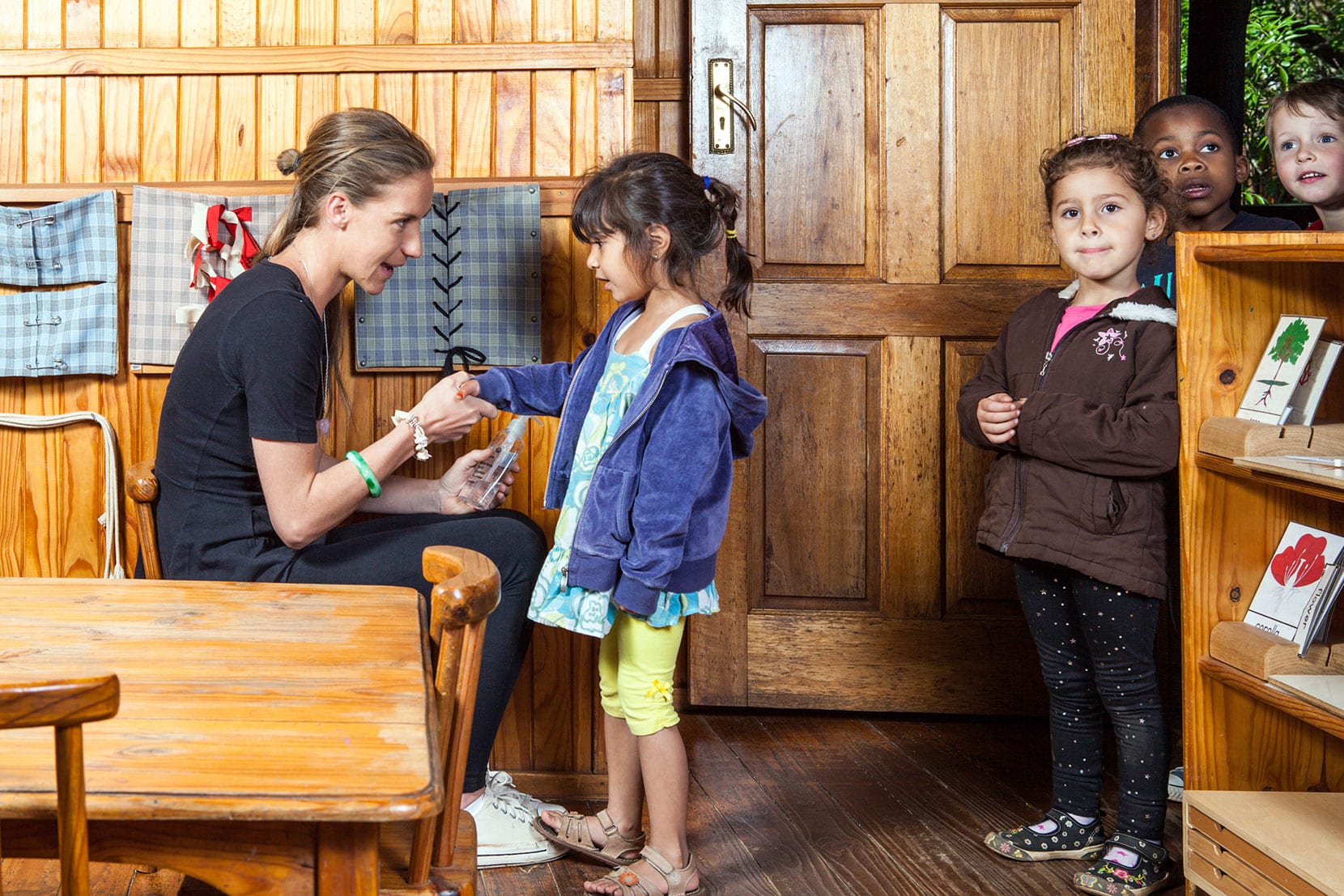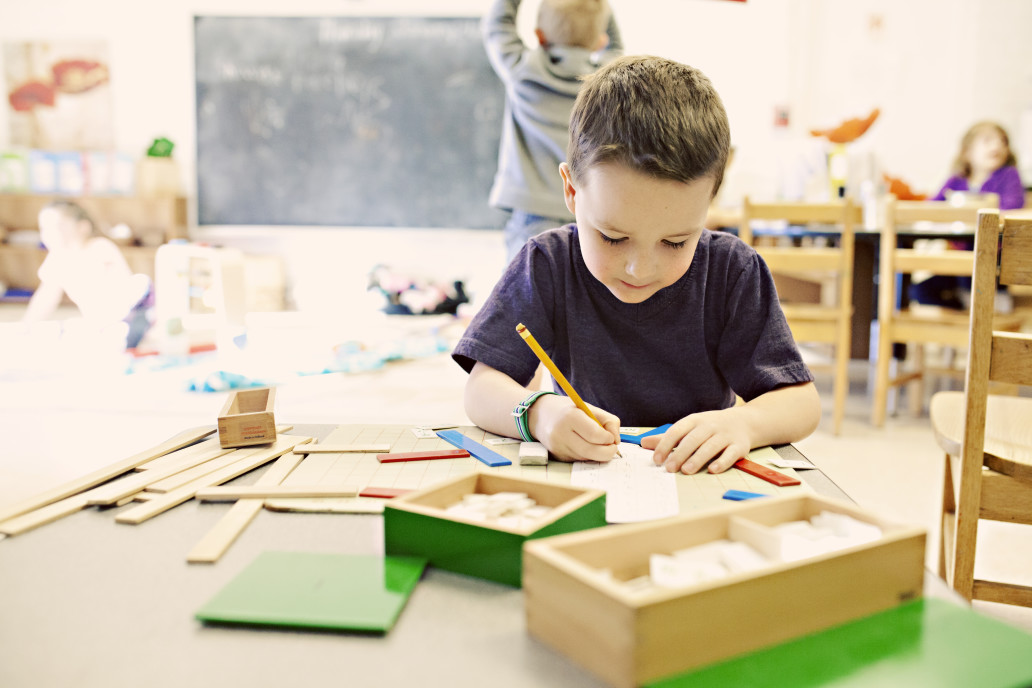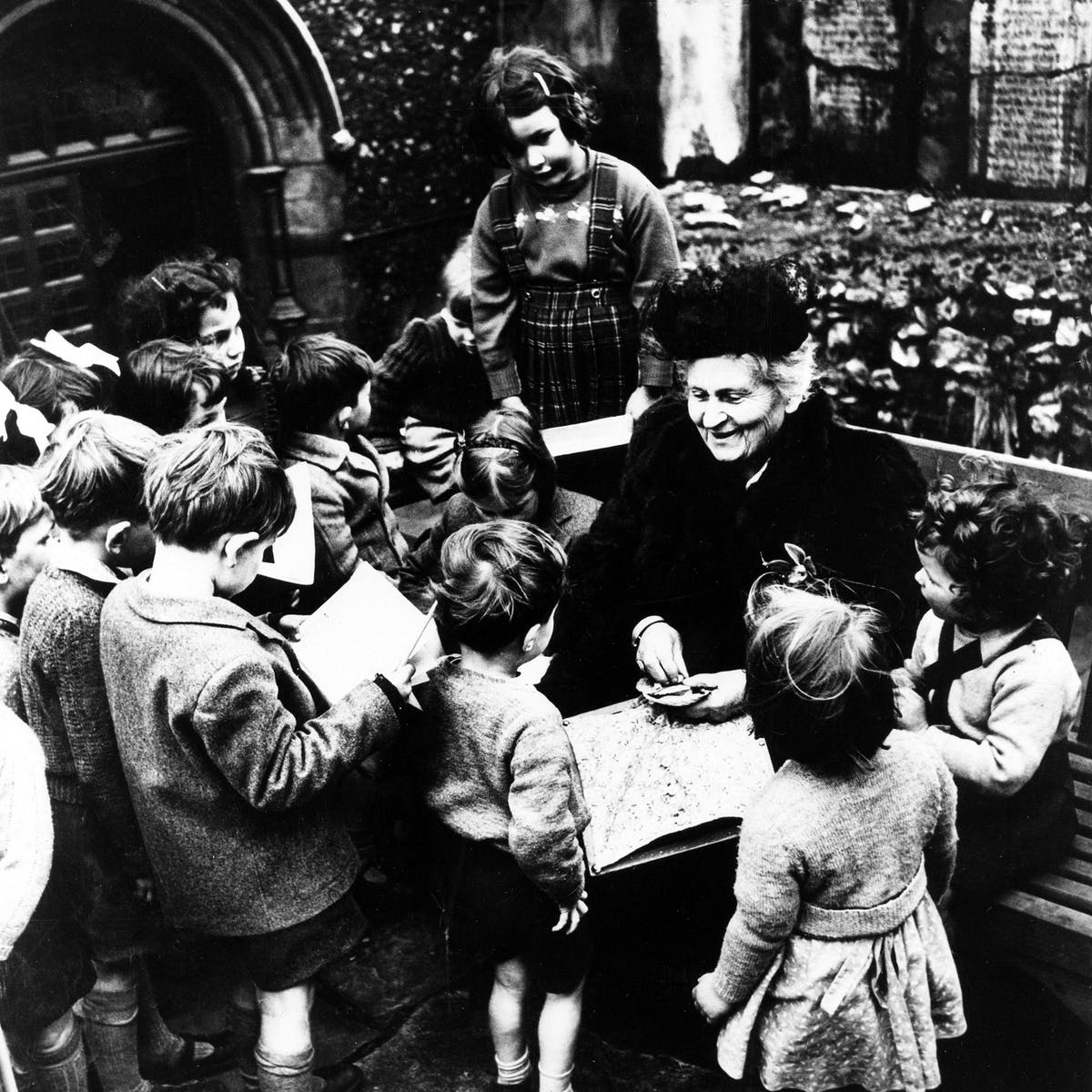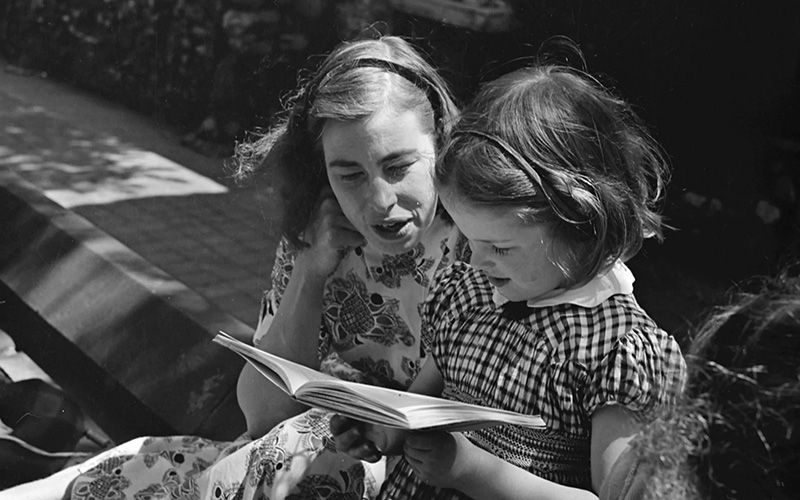Location: 119 First Rd, Linbro Park, Johannesburg
Call Us: +27 (0)11 608 1584
Location: 119 First Rd, Linbro Park, Johannesburg
Call Us: +27 (0)11 608 1584
The cornerstone of the Montessori Method is that children are to be respected for their uniqueness. There never has been and there never will be another child exactly like your child. It stands to reason, then, that your child won’t learn in exactly the same way and at exactly the same pace as other children. The Modern Montessori Method is designed to unlock the potential in each child so that they can grow cognitively, emotionally, socially, physically and psychologically. It doesn’t restrict children to the rigid agendas and processes used in traditional schools; instead it recognises the intrinsic value and worth of each individual child.
Children need a learning environment that enables them to progress in their own way and in their own time. The Modern Montessori Method provides that freedom to learn and, by avoiding restrictions and criticisms, it instills in children a life-long love of learning.
Children who are given the freedom and the guidance to learn in this way develop holistically, meaning intellectually, as well as physically and psychologically. A Montessori education taps into children’s desire to learn and guides them as they discover their own capabilities. Adults provide this guidance and show children that the world is full of possibilities, but it’s up to the children themselves to fully explore these possibilities.


Children have an innate curiosity about the world they inhabit. Modern Montessori Methods encourage them to explore this world in a carefully-prepared learning environment that responds to their need to learn and grow by exposing them to materials and experiences that stimulate intelligence and promote physical and psychological development.
Almost all instruction at a Montessori school takes place on a one-on-one basis. This allows the directress to become familiar with and nurture the unique characteristics of each child. Individual didactic materials are always provided during group lessons to allow children to learn at their own pace. Lessons are short, concise, direct and aimed at enhancing the child’s self-worth.
Modern Montessori relies on specially designed didactic apparatus for every period of childhood development, beginning with simple learning tools for toddlers and then gradually moving on to more complex materials. Each piece or set of equipment is designed to provide the child with a clear-cut experience and then gradually lead to more complicated tasks.
At Modern Montessori schools the child is guided to make free and intelligent choices. All learning materials are placed within the child’s reach and the general classroom environment is bright and comprised of living things such as plants and pets, which the child learns to care for. The Montessori Method groups children vertically into three-year-cycle age groups: two-and-a-half to six years old; six to nine years old; and nine to twelve years old. This family-type structure encourages younger children to learn from older ones, and encourages the older children to be role models for their younger counterparts. It also creates a pervasive context of security, as learners remain under the care of one directress for a longer period of time.
Since the emphasis is on learning rather than teaching, the directress plays an enabling role. As such, she prepares and maintains the classroom to ensure that everything needed is within the children’s reach. She is consistently available to respond to the needs of her learners and serves as a positive and inspiring role model who guides them towards self-study, independence, and self-confidence.

Research has shown that the first six years of a child’s life are the most critical in terms of psycho-social learning and development. Montessori teaching methods equip children with the skills necessary to succeed in a rapidly evolving world. The curriculum is rooted in the child’s innate desire to learn, grow and acquire new skills. Montessori schools offer a sensible, structured education that recognises the unique attributes of each child and allows them to learn at their own pace, rather than subjecting them to batteries of stressful and meaningless tests. It is a system that guides children towards independence and self-reliance.
Though instruction is largely on a one-on-one basis, children also work in collaborative groups to experience the value of teamwork and shared ideas. Learners are vertically grouped into three-year-cycle age groups up until the age of 12 years old. The teacher, known as a directress, strives to encourage young learners to develop independence and confidence. Montessori teaching methods are augmented by specially designed materials, which provide the child with a concrete sense of abstract concepts. Unlike traditional school environments, the word ‘failure’ does not feature in Montessori vocabulary. Instead, specially-designed learning tools have built-in mechanisms to enable children to self-correct and learn from their mistakes.
Maths is regarded as a vital component of the Montessori curriculum and children are able to grasp complicated concepts far earlier than their peers in mainstream educational systems. There is also a strong emphasis on teaching children how to execute real-world activities such as fastening and unfastening clothes, folding, dusting, washing and tidying up.
“Academically, Montessori learners end up ahead of children from non-Montessori educational institutions.” – Angeline Lillard Professor of Psychology at University of Virginia USA

She was born in Chiaravelle, Italy, on 31 August 1870 and was educated in Rome. One imagines she must have been quite a colourful child but it was when she decided to study medicine at the University of Rome that her rebellious streak became very apparent. Her persistence paid off when she became the first Italian woman to graduate as a Doctor in Medicine.
The University was so impressed with her work that they offered her a position as Assistant Doctor at its psychiatric clinic. It was here, working with discarded special needs children, that she began to develop her groundbreaking theories.
In the late 1890s, anyone with special needs was dismissed as a lost cause, but the children weren’t lost to Montessori. She believed that the children needed proper mental stimulation so that they could develop and grow to their full potential. After numerous hours of patient care and hard work, Montessori was rewarded when the children started responding to her in ways that they’d never responded to anyone or anything before.
While Montessori was conducting research into the treatment of special needs children, she was particularly influenced by two French doctors, Jean ltard and Edouard Seguin. ltard first made his name studying deaf mutes, but he’s more famous for his attempts to educate and socialise an abandoned boy who was found in the forest of Aveyron. His book, The Wild Boy of Aveyron, documents his approach which involved stimulating the boy’s mind systematically through the senses.
Edouard Seguin was one of ltard’s students and went on to establish his own school for special needs children in Paris. His approach was to devise a sequence of muscular exercises to bring about a change in behaviour and so educate the child through a physiological method.
ltard and Seguin inspired Montessori to take a new direction in her life. She continued her research by reading some of the foremost educational thinkers and reformers of the time, including Rousseau, Pestalozzi and Froebel. She took the principal ideas of ‘education of the senses’ and the ‘education of movement’ as well as thoughts of the great writers and moulded them into a system that was soon to become her own.
The University was so impressed with her work that they offered her a position as Assistant Doctor at its psychiatric clinic. It was here, working with discarded special needs children, that she began to develop her groundbreaking theories.
In the late 1890s, anyone with special needs was dismissed as a lost cause, but the children weren’t lost to Montessori. She believed that the children needed proper mental stimulation so that they could develop and grow to their full potential. After numerous hours of patient care and hard work, Montessori was rewarded when the children started responding to her in ways that they’d never responded to anyone or anything before.
In 1899, she was involved in the establishment of the Orthophrenic School in Rome, where she spent two years training teachers in her methods of observation and education for those with special needs. She spent this time observing and experimenting with different materials and methods and using all the ideas she had gleaned from her studies.
Under her guidance, some of the children who had been labelled ‘uneducable’ learned to read and write and some even sat the State primary examinations and passed with higher grades than so-called ‘normal’ children. These events, together with the many public lectures she gave in Italy and other European countries, brought her international acclaim and she started to become known as an educator as well as a doctor.
In 1901, Maria Montessori retired from the Orthophrenic School and once again enrolled at the University of Rome.
In 1904, she was appointed Professor of Pedagogic Anthropology at the University, yet she still found time to continue with her work in childhood education.
In 1906, Montessori was asked to organise the infant schools that were being built in a slum clearance and re-housing programme in San Lorenzo, Italy. The first school was established for children aged three to six years old, which Montessori called ‘Casa dei Bambini’, the Children’s House.
Other schools followed, giving Montessori the opportunity to apply her methods to normal children. This was a very exciting time because it allowed her to prove her system’s far-reaching capabilities. After all, if she could achieve near miraculous results working with special needs children, what would the results be with normal children.
The children in her first two schools were often neglected by their parents and they were definitely under-stimulated. In any case, during that period the illiteracy level among adults was still quite high, so the children may not have received the encouragement and support they needed. However, the children in Montessori’s school soon started to show marked academic and social improvements.
The third school was set aside for children who could be considered privileged. As with the deprived children, the privileged children showed a marked improvement in their learning. Montessori’s methods, which showed that all children flourish when given the proper stimulation and the right environment, started to gain credibility.
News of her success spread rapidly and education experts came from all four corners of the globe to see the method in action. It didn’t take long before trained Montessori teachers were required for all the new Montessori schools that were being established across Europe.
To this end, the first Montessori Training Course was held in 1909. Montessori found herself travelling across Europe, Australia and the USA as demand for her lectures and training courses grew. Her cause was further aided by the fact that she was endorsed by some of the other great minds of the time, from inventors Alexander Graham Bell and Thomas Edison to psychologists Sigmund and Anna Freud and Jean Piaget. Even Ghandi backed Montessori’s method.
In the early 1920s, Montessori’s efforts were recognised by the Italian government, which appointed her Government Inspector of Schools. In 1934, friction arose between Montessori and Mussolini and all her schools in Germany and Italy were closed by 1936. She headed for Spain where she founded a special Teacher Training Institute in Barcelona. With the growing political tensions in that part of Europe in the thirties, she left Spain to live in Holland. She was in India when 1939 rolled round, where she was interned throughout the war. This gave her the chance to spread the movement in the sub-continent. She was so successful in this that today India is one of the greatest centres for Montessori teaching.
The war years caused Montessori to embark on a passionate quest for lasting peace through education. She was nominated for the Nobel Peace Prize three times and in 1950 she became the Italian delegate to UNESCO.
When she left India in 1946, she visited England and renewed interest in the Montessori Method. She dedicated the last few years of her life to giving teaching and lecture tours around the world and occasionally found time to accept the honours bestowed on her by several international governments and educational bodies.
She died at Noordwijk, Netherlands, on 6 May 1952 at 81 years of age.
Even without its fearless leader, the Montessori Method has continued to grow and now, over 100 years since Maria Montessori first began, it is still recognised as one of the most holistic education methods ever devised.
“Love is a gift to mankind, which must be treasured and developed to the fullest possible extent, for it is this that unites each and every one of us, and only in this way can we bring about a good, caring, peaceful world.” – Maria Montessori

“The one on whom the robe of Montessori should fall to carry on the living tradition”
– William J Codd, Professor of Education, Seattle University, when speaking of Phyllis Wallbank. –
Phyllis Wallbank is a recipient of the Member of the Order of the British Empire (MBE.), as bestowed upon her by Queen Elizabeth II, and was decorated by Pope John Paul II with the Benemerenti Medal in 1996.
Phyllis Wallbank was only 18 years old and training to become a Froebel teacher when she first started to become frustrated with the traditional education system in the UK. It was while she was working as a children’s probation officer that she began to believe that the levels of delinquency in the country could be drastically reduced through a more personalised and child-centric system of teaching.
It’s no wonder, then, that she sought out Dr. Maria Montessori and became first her pupil and then her friend and one of her most ardent advocates.
At Maria Montessori’s request, Phyllis Wallbank began to lecture and examine for her. She travelled all over Europe to give lectures on Montessori, and advanced Montessori courses and also lectured for the AMI (Association Montessori Internationale).
Additional achievements include serving as the chairperson of the Montessori Association in England, and as Vice-President of the AMI. She wrote a correspondence course for The College of Modern Montessori, which, so far, boasts over 10,000 students in over 80 countries. Wallbank also opened her own school, The Gatehouse Montessori School, in London. It has been placed in The Phyllis Wallbank Trust, to ensure that it and her educational ideas would survive in perpetuity. At the age of 90 years old, Phyllis embarked on a world tour, visiting China, the Philippines, Hong Kong, Malaysia, Singapore, Australia, New Zealand and the USA.
Phyllis Wallbank’s lifelong contribution to Montessori Teaching, Montessori Training, and Montessori as a whole are a legacy and a gift to children throughout the world. Wallbank is now gracefully retired and lives in her home near Windsor.
Want to keep up to date with our latest news and information?
Enter your details to be added to our mailing list.
Copyright © 2022. All rights reserved.
Designed and developed by Athena Advertising
This website uses cookies to ensure you get the best experience on our website.